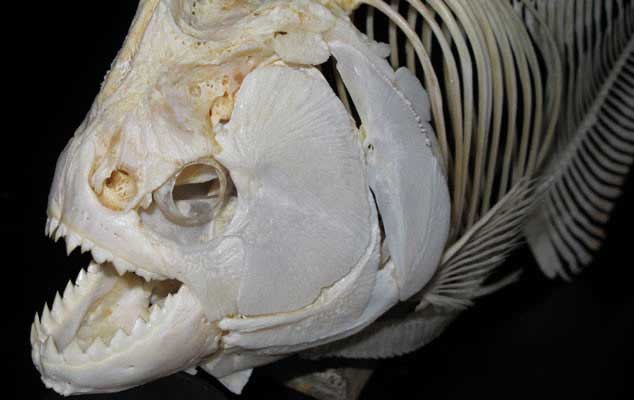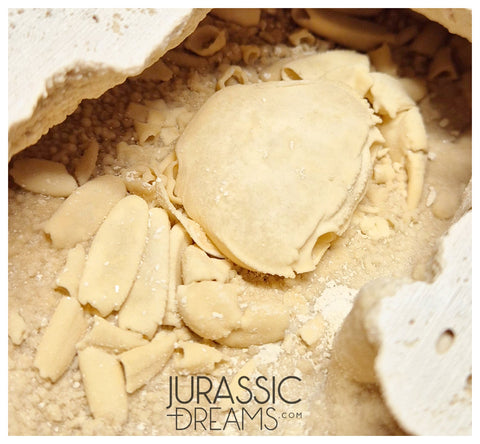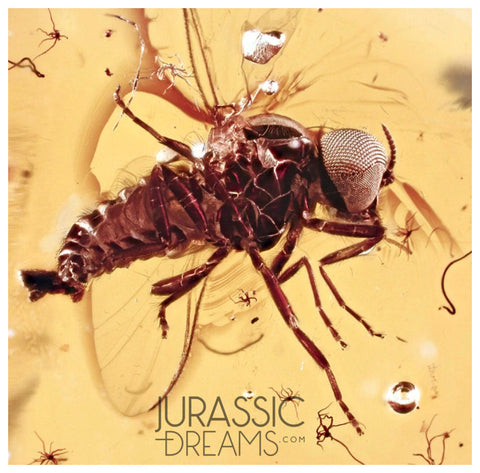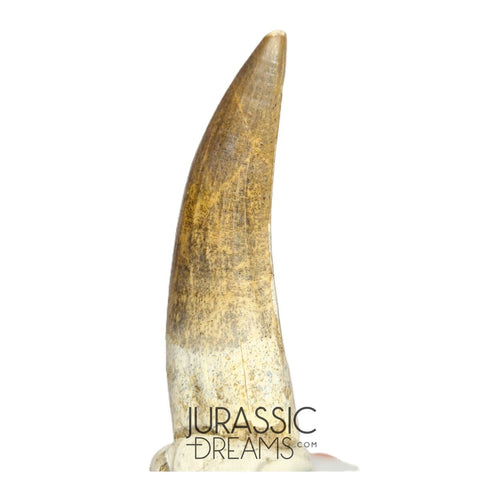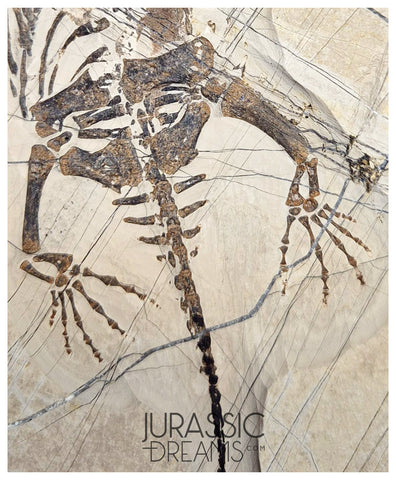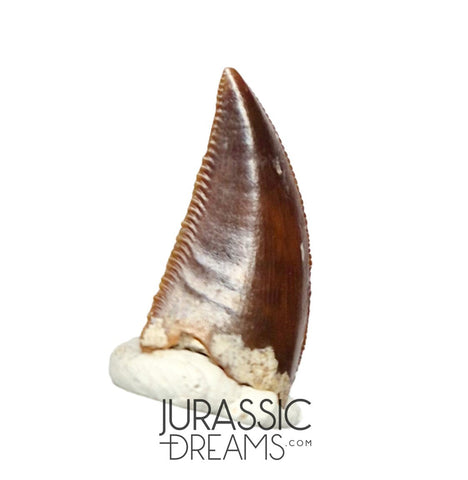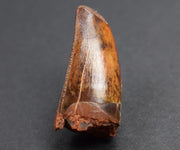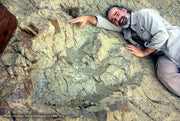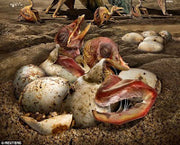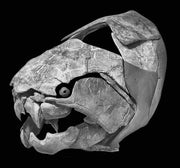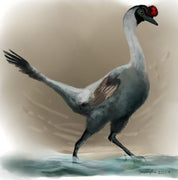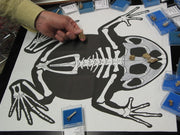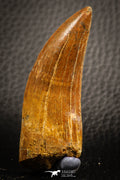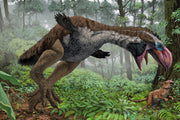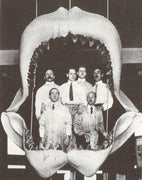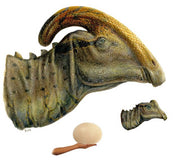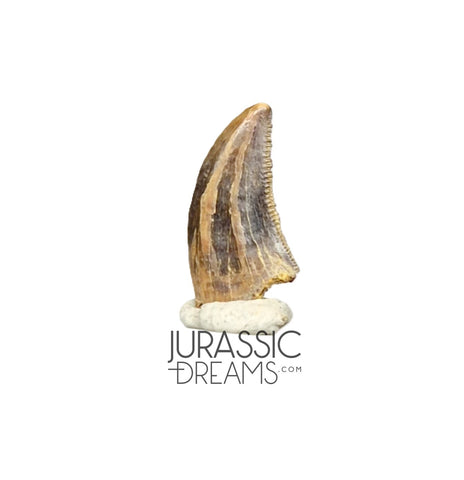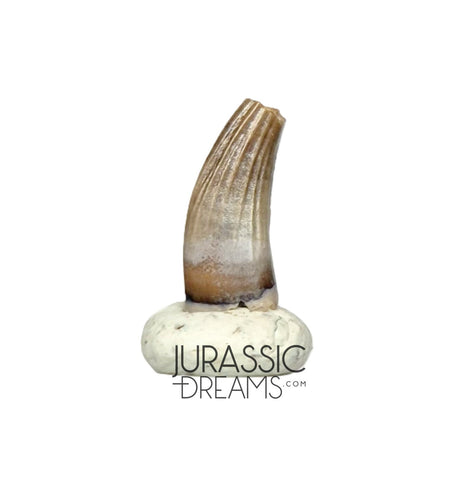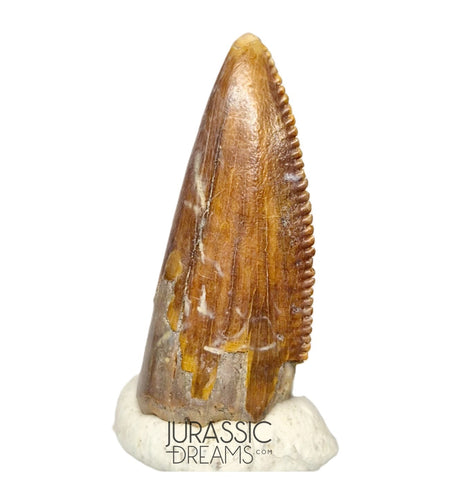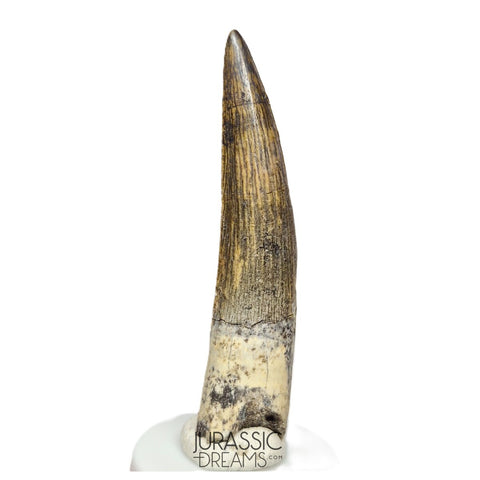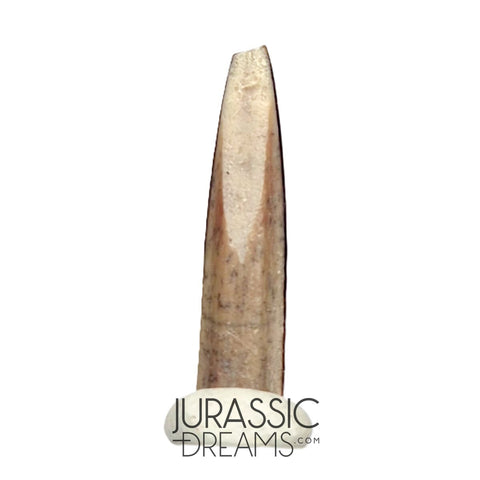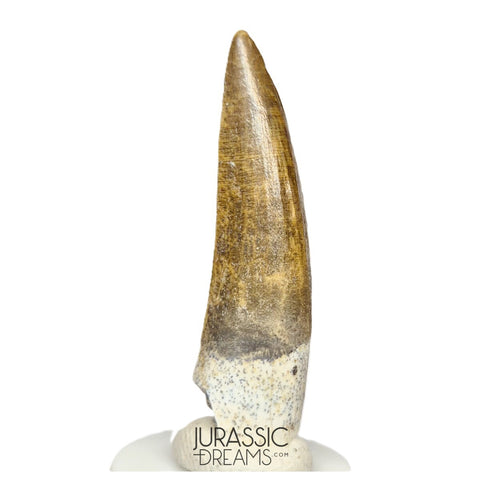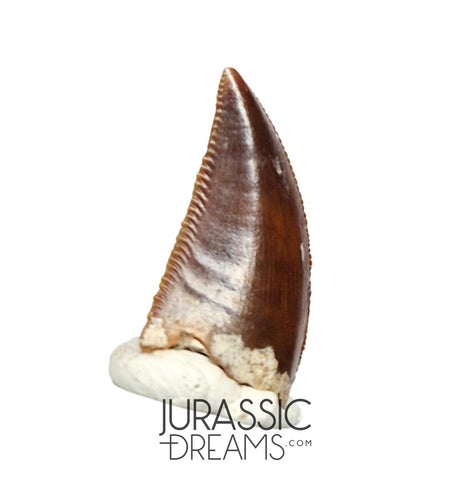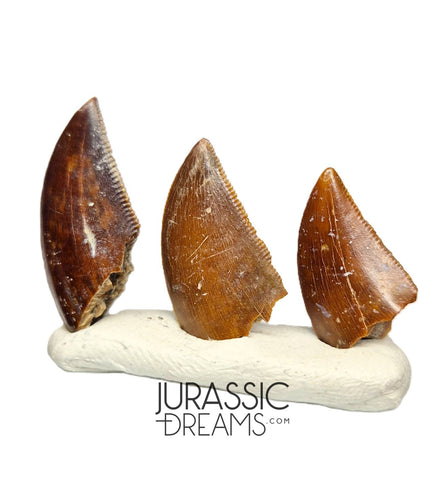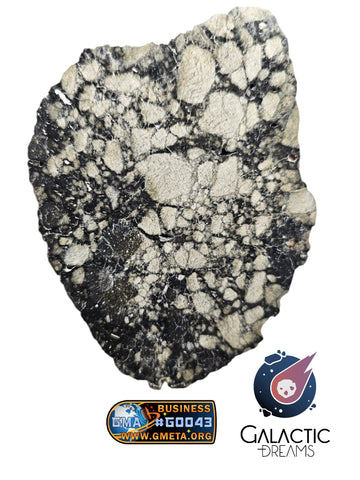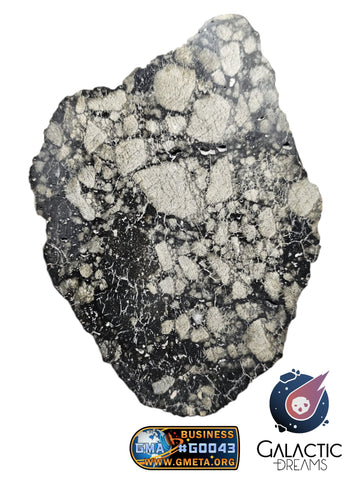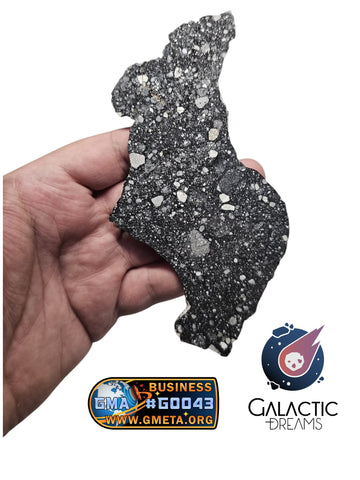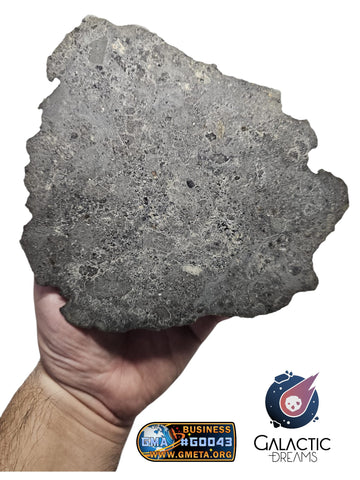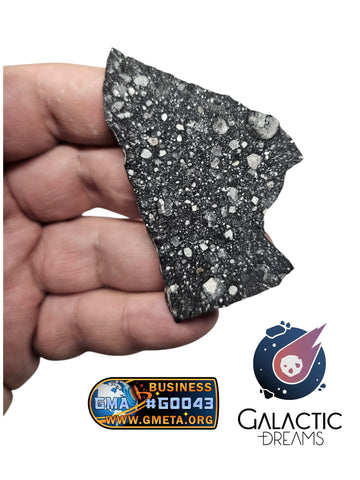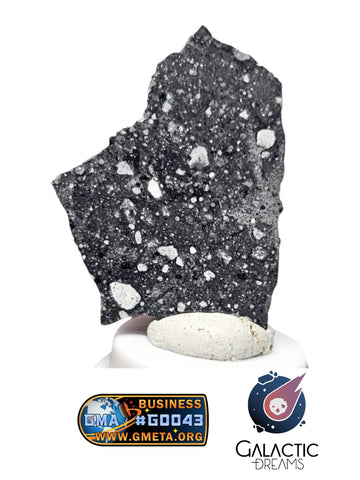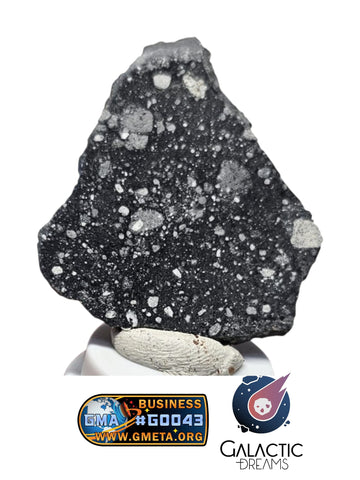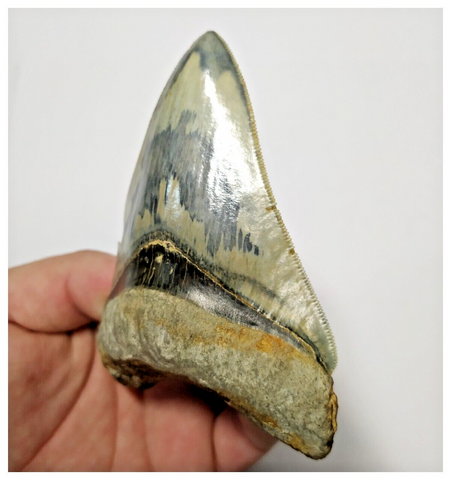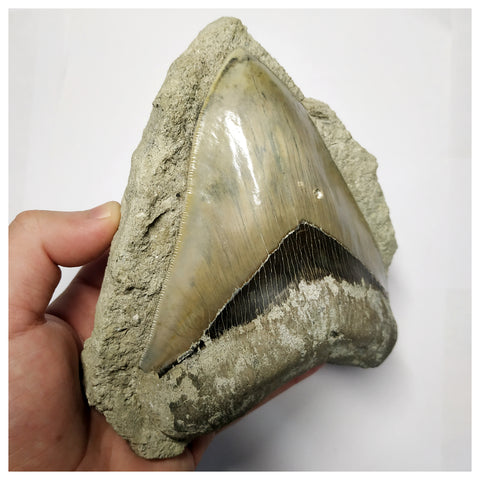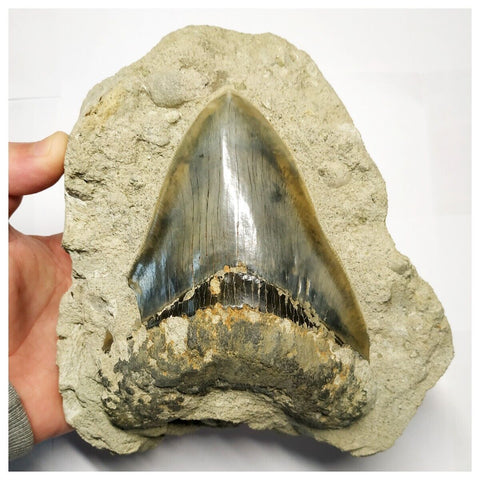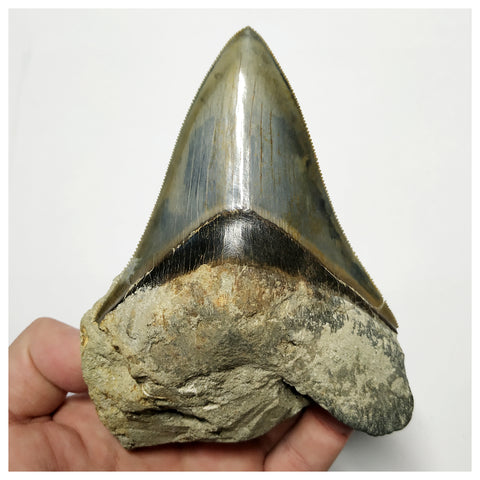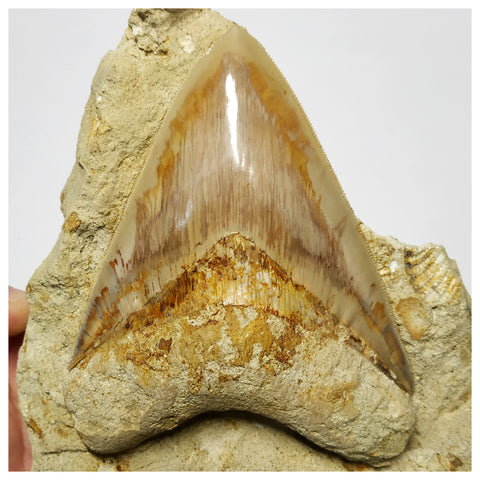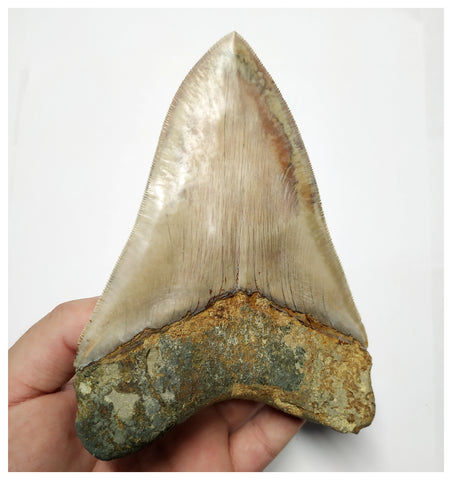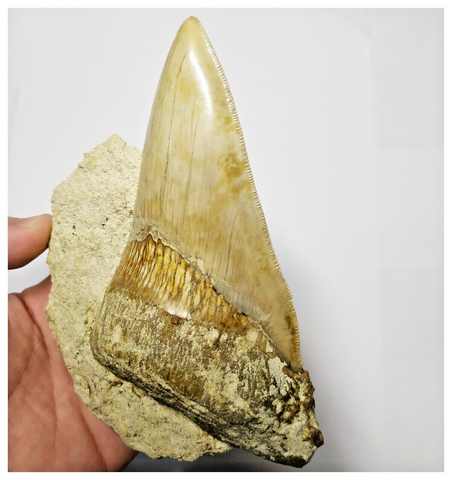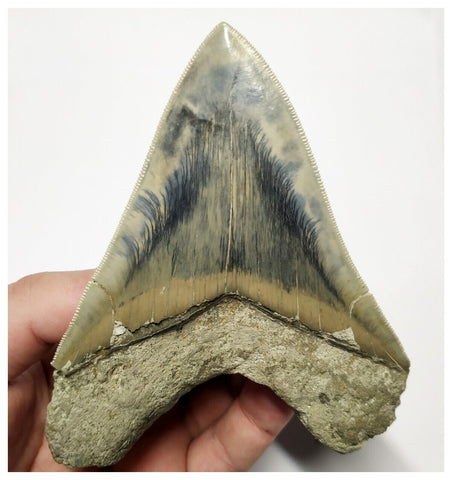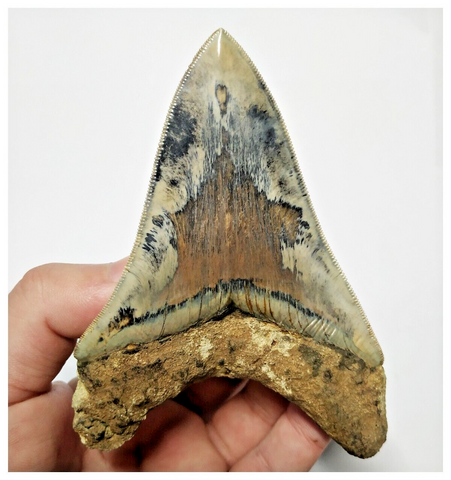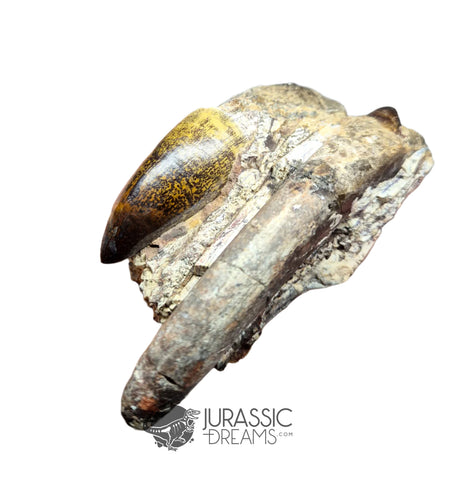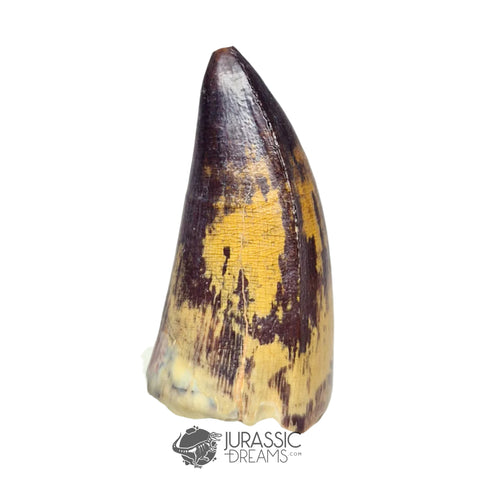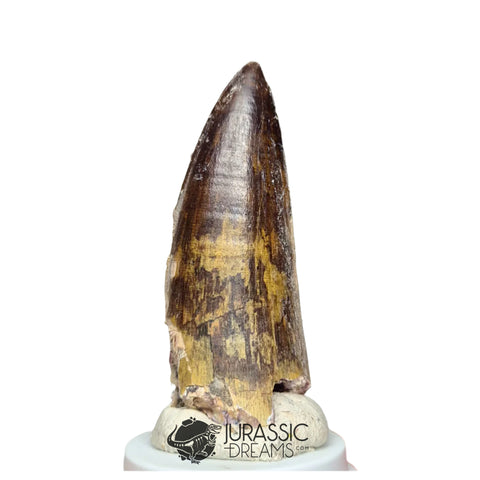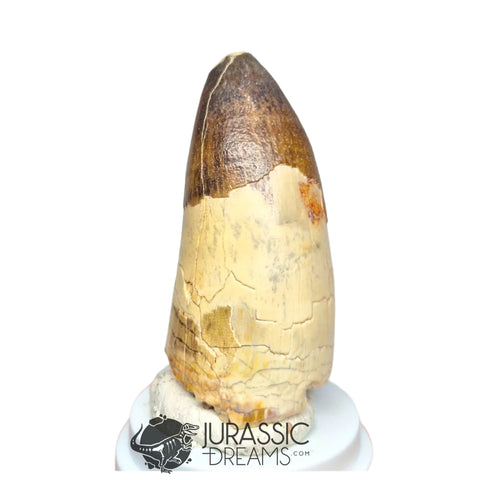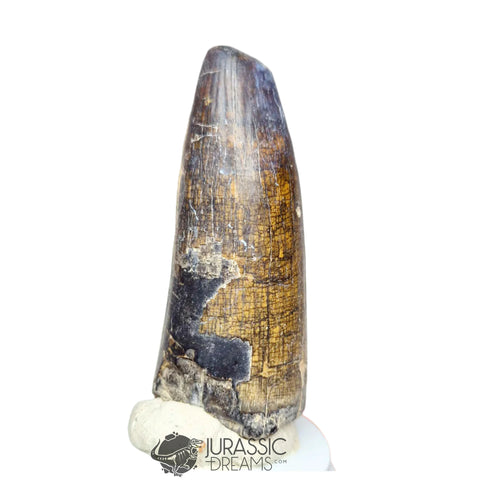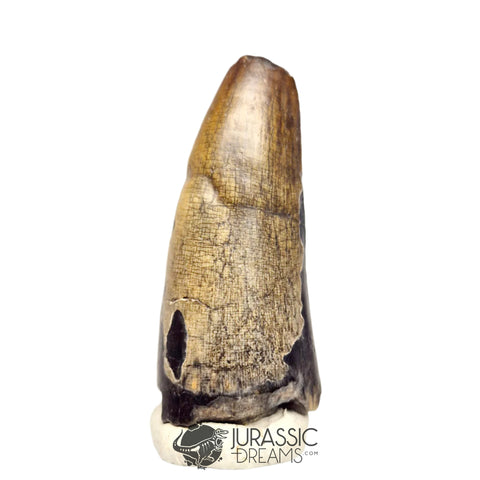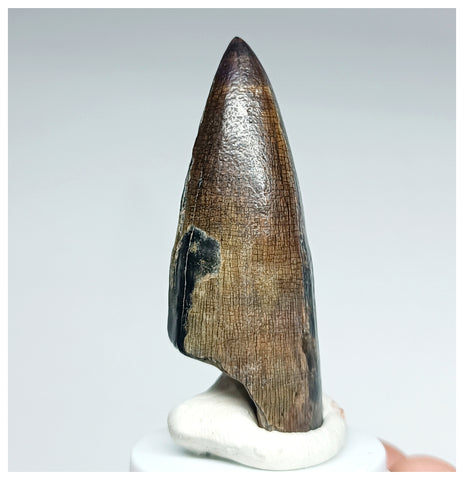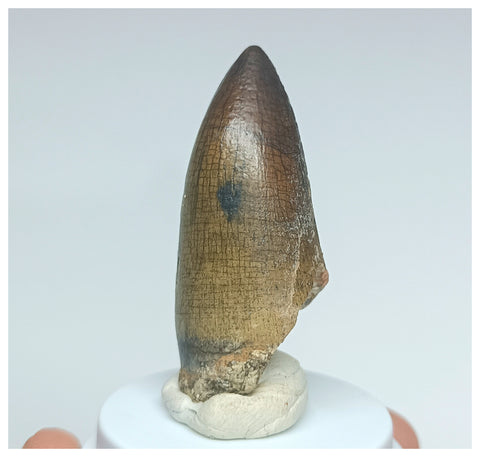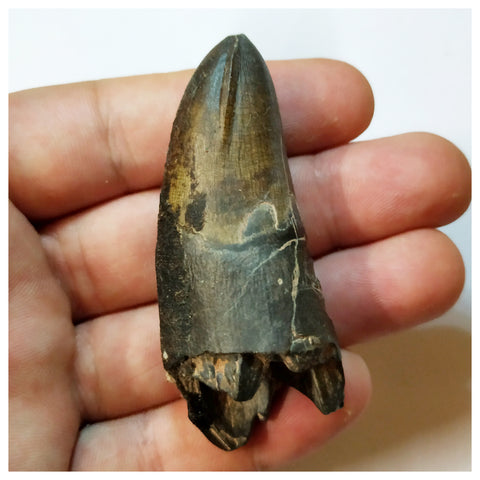A fragment of the maxilla made reality the dream of any B series filmmaker. Far from epic sizes but big enough to inspire fear, this is the prehistoric piranha discovered in Argentina, called Megapiranha paranensis.

By studying their teeth we know that like the current piranhas, they had triangular teeth and serrated on both sides, symmetrical bite that made fit the upper and lower teeth perfectly in a quick and effective bite.

Megapiranha maxillary fragment
When a large specimen of piranha was discovered, scientists assumed that the climate was warmer and that this habitat was connected to the Amazon basin. Nowadays the different species of piranhas live only in South America and not all of them are carnivorous. Some species have specialised in the consumption of vegetables and fruits in a common or sporadic way. Therefore we cannot assure that Megapiranha paranensis was carnivorous, although it is very likely that it was.
Studies of the power of its bite have been made comparing it with that of its largest living relative, the black piranha (Serrasalmus rhombeus). The results obtained give the Megapniranha a minimum force of 1,240 Newtons and could reach up to 4,790 N, a power equivalent to 500 kilograms. The key to such a force is due to a muscle that is located above and behind their jaw.

Compared size of Megapiranha
Many other unknowns surround this extinct creature. Were they in a group in front of a wounded prey as the red-bellied piranhas do now? If so, it would have been better to keep dry and away from that primitive Amazon, unless we wanted to taste the most potent Miocene bite in our flesh.
Germán Z. López
This post can also be read in Spanish at our partner blog Made in Pangea.
Images: Piraña 3D.
Photographs: Nature.
Sources:
- Nature Magazine.



